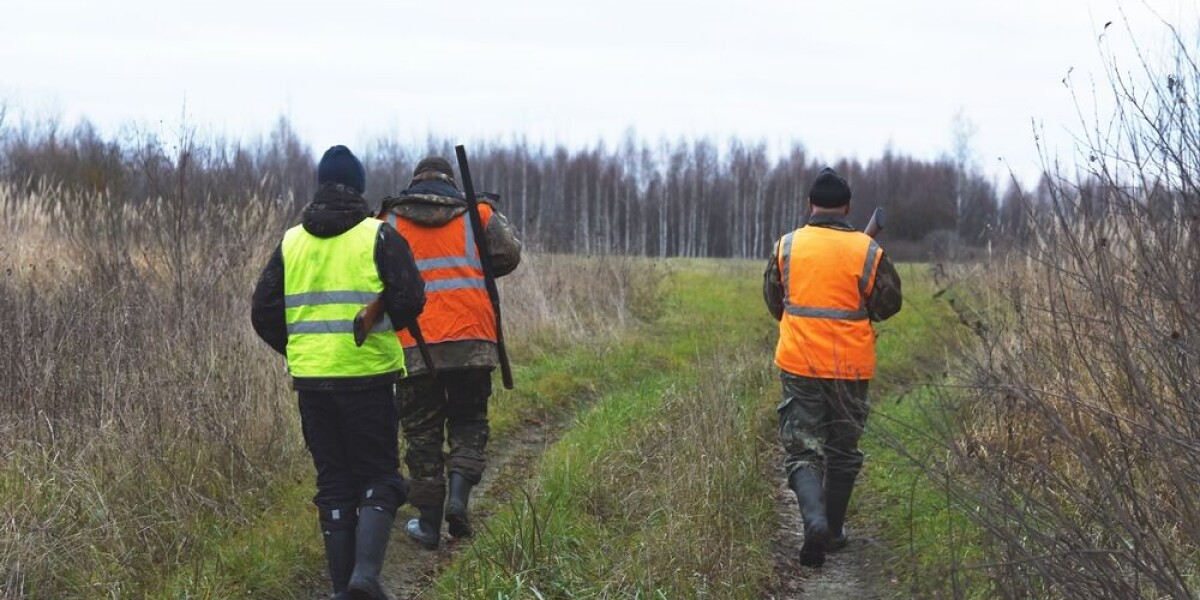Play all audios:
THE SIMILAR SIGNS HAVE QUITE OPPOSITE MEANINGS City folk and other newcomers to the French countryside can easily be confused by the difference between ‘chasse réservée’ and ‘réserve de
chasse’ signs. The official réserve de chasse signs come in a standardised format in bright blue, white and red. They are used to mark out the minimum of 10% of the territory set aside for
no hunting to allow animals to breed. These areas are determined by the Associations communales et intercommunales de chasse agréées (ACCAs), the formal structures at the grassroots of legal
hunting in France. Usually this means there is no hunting in the areas marked out by the réserve de chasse signs. However, occasionally the prefect of a department will sign a decree for
certain wild animals to be hunted in them, usually when the animals are causing problems for farmers. Read more: Letters: French 'réserve de chasse' sign does not mean what I
thought it did HUNTING PLAN Each ACCA has to draw up a hunting plan for its territory, listing species of animals found on it, their approximate numbers and how it will prevent overhunting
of some species. The plan includes the réserve de chasse. Chasse réservée signs, on the other hand, are usually handmade, often faded, and nailed to trees. Far from marking areas where there
is no hunting, they show that the owner of the land wants to keep hunting on the land to themselves (or to their friends and family). The designated areas often ring out with gunfire during
hunting season. There is no legal requirement to put up chasse réservée signs – they often appear when there are reports of poachers in the area. Read more: 8 out of 10 people in France
want hunting banned at weekend DEPARTMENTAL RULES Hunters in France can only hunt on land when they have permission to do so, either because they are invited by the owner or because the land
is part of the commune which comes under the territory of the ACCA. Rules vary from department to department, but usually a landowner can put up chasse réservée signs if they own more than
20 hectares of land. Another sign sometimes seen is for a réserve de repeuplement, used in specific cases where animals are being re-introduced to a territory, usually after they were hunted
out. They, too, signify that no hunting is allowed, but have largely been replaced by the réserve de chasse signs – and are often stolen by teenage boys who put them on their bedroom doors.

